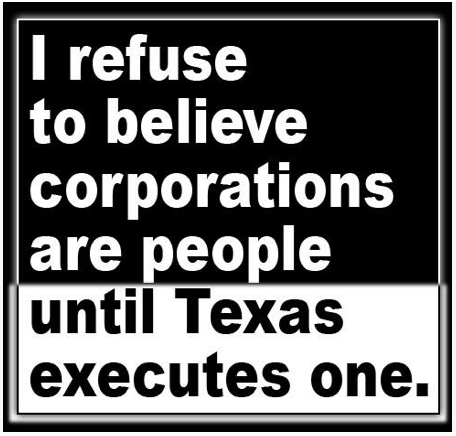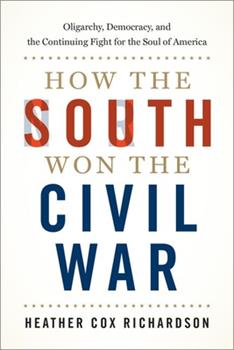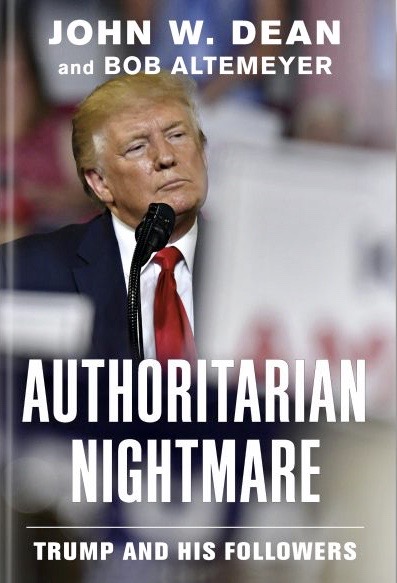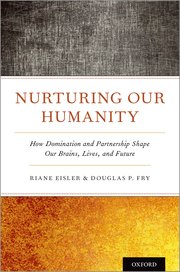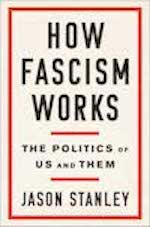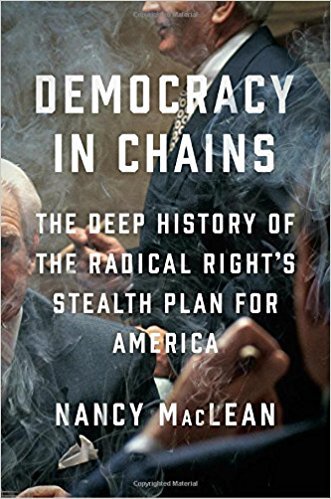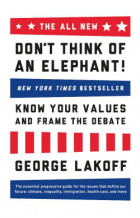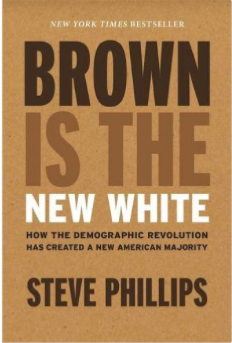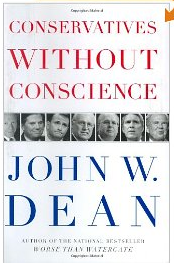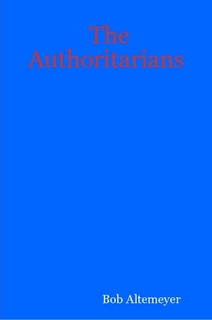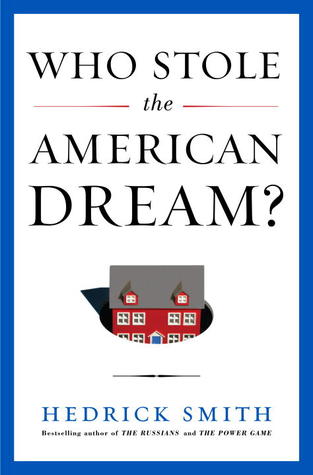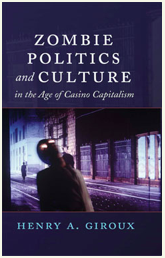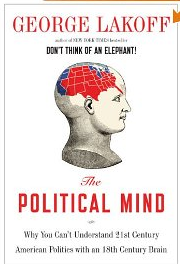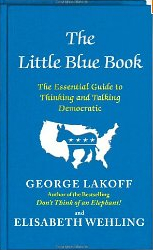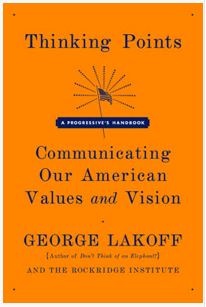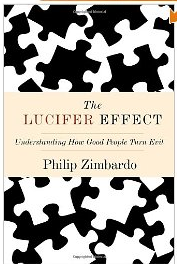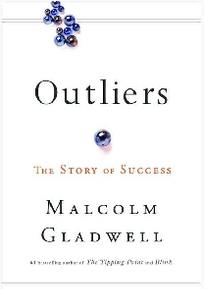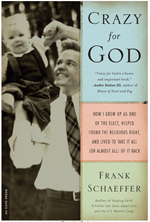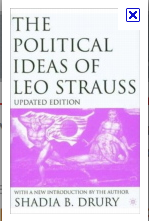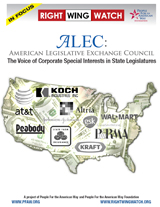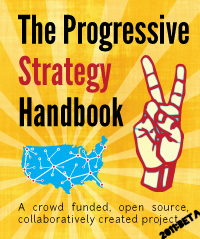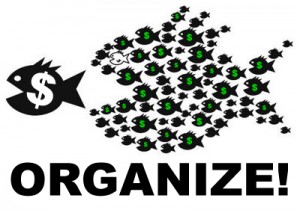In a 2004 interview on CNN, Dr. Phil Zimbardo was commenting on situations like Abu Ghraib in Iraq and My Lai in Vietnam when he said, “what you have is powerful situational forces that get the majority to do things they say they would never do.” Dr. Zimbardo refers to these powerful situational forces as the “bad barrel.” He says, “And the barrel corrupts.” The barrel “gives people permission to do things they ordinarily would not.”
Now imagine the powerful situational forces at work inside The Beltway – Washington, D.C. How many of our representatives are being turned into “bad apples” by this bad barrel? A barrel that our elected officials have modified over recent years to concentrate power within a single party. In February of 2004, Robert Kuttner detailed these changes that occurred during the Republican reign over Congress. These changes are still in place under the new Democrat majority.
Under these changes and the additional ones instituted in our response to 9/11, which further concentrates power inside our federal government, the situation has become worse and more likely to create bad apples out of mostly good elected officials.
In a March 2007 Think Progress article, there is a summary of one of the measures of bad deeds that have increased significantly since 1994:
In 2005, Congress inserted 15,877 pork projects into spending bills. In 2006, Congress allocated a record $71.77 billion “to 15,832 special projects, more than double the $29.11 billion spent on 4,155 pork-barrel projects in 1994.â€
Similar numbers were provided by the Wall Street Journal editorial page in January of 2006. “Giving up earmarks should be easy for Congress, since they used to be so rare. In 1987, President Ronald Reagan vetoed a spending bill because it contained 121 earmarks. The number of earmarks approved by Congress grew to 1,439 in 1995. Last year [2005], Congress approved a staggering 13,998 earmarks.”
Even back in 1999, The Heritage Foundation was warning, “Today, pork-barrel politics is characterized by a meteoric growth in the number of earmarks. Although the increase in the number of earmarks has been rising since 1985, the growth appears now to be accelerating rapidly. The number of earmarks in five of the 13 annual appropriations bills doubled between fiscal year 1998 and FY 1999. If allowed to continue, this trend will undermine the patterns of federalism that traditionally have defined the relationship among America’s three levels of government.”
Obviously, not all earmarks or pork are bad, but with an exponential increase in the number of earmarks and the fact that none can be attributed to an individual congressman, there is a significant possibility for abuse. A case in point is that of Congressman Duke Cunningham and his abuse of earmarks to advance his own well being. This is extensively documented in the new book The Wrong Stuff.
In Congressional Earmarks and Duke Cunningham, American Thinker put it this way:
It is “the biggest case of Congressional corruption ever documented.” Shocking in its scope and in the brazenness of its conspirators, the Duke Cunningham bribery caper is a tale not only of individual malfeasance that would make a grifter cry, but also of a culture in Washington, D.C. that threatens the integrity of government itself.
This culture/situation in Washington, D.C. is example of Dr. Zimbardo’s “bad barrel.”
The American Thinker review went on to say,
What Stern, Kammer and Condon uncovered in their investigation of Cunningham’s criminality went far beyond the rather seedy yet spectacular corruption of one Congressman. The authors have written a brief against the budget device that led Cunningham (and no doubt others) down a primrose path toward temptation and ultimately, a moral surrender to turpitude. It is a device that threatens the foundations of trust in our elected officials: the belief that they are acting in the interests of their constituents and not to line their pockets with gifts and cash from the legions of lobbyists whose only job is to wring as much of our tax dollars as is humanly possible from the government and deposit it in the bank accounts of their clients (keeping a healthy portion of pork for themselves).
The device is earmarks, of course. And if you can come away after reading this book and not be shaking in anger at the unadulterated and transparent corruption that earmarks have fostered, then you don’t pay taxes or simply don’t care about the theft of your money.
Again, earmarks as a tool are not by definition bad. What is bad is how the tool is used by individuals working inside the bad barrel.
The American Thinker article put it this way:
But the authors make the case it is not necessarily what earmarks are for that is the problem. After all, one man’s earmark is another man’s necessary expenditure. What may look like a pork road project to one person living far away from the location where construction would take place could in fact be a “quality of life” issue to someone directly affected by the increased traffic flow and safer driving that a particular earmarked project would bring.
Rather it is the way that earmarks are included in the budget process that cries out for radical reform. Earmarks are usually dropped into spending bills anonymously and are rarely debated on the floor of the House. Or they are added during mark-up sessions or even during House-Senate conferences. Sometimes, they are included in the Committee’s report on the final spending bill and not even passed on to the President when he signs it.
Earmarks were a problem going back in the 1980’s. For example, the authors point to the 1987 Transportation bill vetoed by an astonished Ronald Reagan, who counted no fewer than 121 earmarks in the bill. Both the House and Senate – Democrats and Republicans – shrugged off the Gipper’s disapproval and passed the bill over the President’s veto overwhelmingly. In 1991, the number of earmarks in the pork-laden Transportation bill had grown to 538; 1850 by 1998; and by 2005 the total number of earmarks reached a mind numbing 6,373 costing an additional $24.2 billion. (Source: Taxpayers for Common Sense).
Newt Gingrich and the Republicans saw the earmark as a ticket to a permanent majority. The Republicans would place newer or more vulnerable members on one of the Appropriations Committees, which would give them access to the lobbyists who, in exchange for an earmark, would fill their campaign coffers with cash as well as shower the member with gifts, junkets, and other goodies.
As The American Thinker closed their review, they asked, “Did the earmarks themselves corrupt Cunningham or did they simply act as a catalyst for his already warped sense of entitlement?” I think the question to ask is, how have the situational conditions changed in Congress that have allowed the biggest case of Congressional corruption ever documented? Another question is, how have the situational conditions changed in the White House that allow such arrogance to exist? As Dr. Zimbardo said in the CNN interview, “No, see that’s what’s been happening — from Bush on down, we’re saying ‘it’s a few bad apples’, ‘it’s isolated.’ But what’s bad is the barrel.”
For much more on bad barrel’s, the good apples that go bad in these bad barrels and those who build the barrels, refer to the Stanford Prison Experiment and The Lucifer Effect.
Here is some related humor.
Warning: Adult Language



